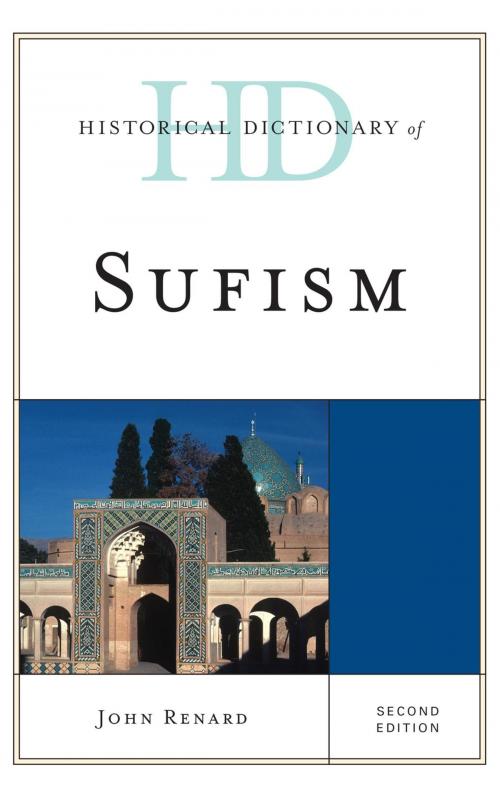Historical Dictionary of Sufism
Nonfiction, Religion & Spirituality, Middle East Religions, Sufism, Reference & Language, Dictionaries, Reference| Author: | John Renard | ISBN: | 9780810879744 |
| Publisher: | Rowman & Littlefield Publishers | Publication: | November 19, 2015 |
| Imprint: | Rowman & Littlefield Publishers | Language: | English |
| Author: | John Renard |
| ISBN: | 9780810879744 |
| Publisher: | Rowman & Littlefield Publishers |
| Publication: | November 19, 2015 |
| Imprint: | Rowman & Littlefield Publishers |
| Language: | English |
The most broadly accepted explanation of Sufism is the etymological derivation of the term from the Arabic for “wool,” ṣūf, associating practitioners with a preference for poor, rough clothing. This explanation clearly identifies Sufism with ascetical practice and the importance of manifesting spiritual poverty through material poverty. In fact, some of the earliest “Western” descriptions of individuals now widely associated with the larger phenomenon of Sufism identified them with the Arabic term faqīr, mendicant, or its most common Persian equivalent, darwīsh. Sufism, as presented here embraces a host of features including the ritual, institutional, psychological, hermeneutical, artistic, literary, ethical, and epistemological.
This second edition of Historical Dictionary of Sufism contains a chronology, an introduction, a glossary, and an extensive bibliography. The dictionary section has over 1,000 cross-referenced entries on important personalities, major historical figures and movements, practices, economy, foreign relations, religion, and culture. This book is an excellent access point for students, researchers, and anyone wanting to know more about Sufism.
The most broadly accepted explanation of Sufism is the etymological derivation of the term from the Arabic for “wool,” ṣūf, associating practitioners with a preference for poor, rough clothing. This explanation clearly identifies Sufism with ascetical practice and the importance of manifesting spiritual poverty through material poverty. In fact, some of the earliest “Western” descriptions of individuals now widely associated with the larger phenomenon of Sufism identified them with the Arabic term faqīr, mendicant, or its most common Persian equivalent, darwīsh. Sufism, as presented here embraces a host of features including the ritual, institutional, psychological, hermeneutical, artistic, literary, ethical, and epistemological.
This second edition of Historical Dictionary of Sufism contains a chronology, an introduction, a glossary, and an extensive bibliography. The dictionary section has over 1,000 cross-referenced entries on important personalities, major historical figures and movements, practices, economy, foreign relations, religion, and culture. This book is an excellent access point for students, researchers, and anyone wanting to know more about Sufism.















